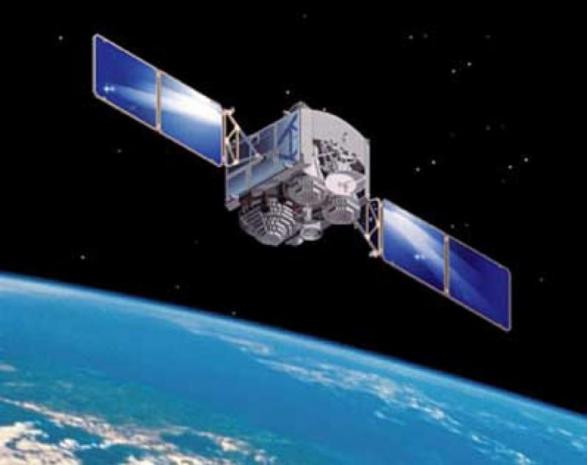
Breaking News
 The Days of Democracy Are Over
The Days of Democracy Are Over
 Elon Musk Described an AI Device to Replace Phones in 5 Years
Elon Musk Described an AI Device to Replace Phones in 5 Years
 Deposit Insurance For Billionaires?
Deposit Insurance For Billionaires?
 Rep. Troy Balderson Is Right: Coal And Gas Drive Affordable, Reliable, And Clean Energy
Rep. Troy Balderson Is Right: Coal And Gas Drive Affordable, Reliable, And Clean Energy
Top Tech News
 Graphene Dream Becomes a Reality as Miracle Material Enters Production for Better Chips, Batteries
Graphene Dream Becomes a Reality as Miracle Material Enters Production for Better Chips, Batteries
 Virtual Fencing May Allow Thousands More Cattle to Be Ranched on Land Rather Than in Barns
Virtual Fencing May Allow Thousands More Cattle to Be Ranched on Land Rather Than in Barns
 Prominent Personalities Sign Letter Seeking Ban On 'Development Of Superintelligence'
Prominent Personalities Sign Letter Seeking Ban On 'Development Of Superintelligence'
 Why 'Mirror Life' Is Causing Some Genetic Scientists To Freak Out
Why 'Mirror Life' Is Causing Some Genetic Scientists To Freak Out
 Retina e-paper promises screens 'visually indistinguishable from reality'
Retina e-paper promises screens 'visually indistinguishable from reality'
 Scientists baffled as interstellar visitor appears to reverse thrust before vanishing behind the sun
Scientists baffled as interstellar visitor appears to reverse thrust before vanishing behind the sun
 Future of Satellite of Direct to Cellphone
Future of Satellite of Direct to Cellphone
 Amazon goes nuclear with new modular reactor plant
Amazon goes nuclear with new modular reactor plant
 China Is Making 800-Mile EV Batteries. Here's Why America Can't Have Them
China Is Making 800-Mile EV Batteries. Here's Why America Can't Have Them
BlackSky Monitoring Satellites Will Soon Have 50cm Resolution

The company announced Thursday that Gen-3 satellites will be designed to provide 50 centimeter resolution and host multiple sensors including short-wave infrared (SWIR).
BlackSky currently has six satellites on orbit, five of which are operational. The most recent two satellites were launched by SpaceX in August. CEO Brian O'Toole said BlackSky plans to have 16 satellites on orbit by the second or third quarter of next year, and then start launching Gen-3 satellites in 2022.
The Gen-3 design is an evolution of the Gen-2 system that is currently in production with LeoStella. The 50 centimeter resolution on the Gen-3 satellites is an improvement over 1 meter on Gen-2. O'Toole said SWIR is a different wavelength of optical imagery that provides low light capability, with different spectral bands that can enhance customers' understanding of objects on the ground like ships and cars.
O'Toole said the Gen-3 system will be a landmark point in time for the company as its constellation for global monitoring matures.
"[This is the] convergence of the satellite capability, the ability to operate it on global scale, the manufacturing, the algorithms, and then the ability to put it in the hands of the user and have that work at scale," he said. "Now we're just executing against that. We'll build more satellites, we'll improve the satellites, the algorithms on the ground, [and] the end user experience in terms of the ease of use, how fast they can get information, and the quality of that information."

 China Innovates: Transforming Sand into Paper
China Innovates: Transforming Sand into Paper

